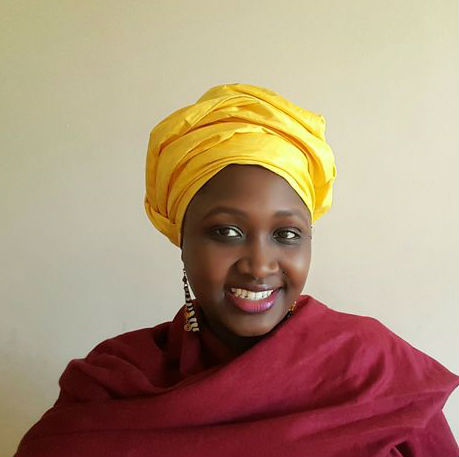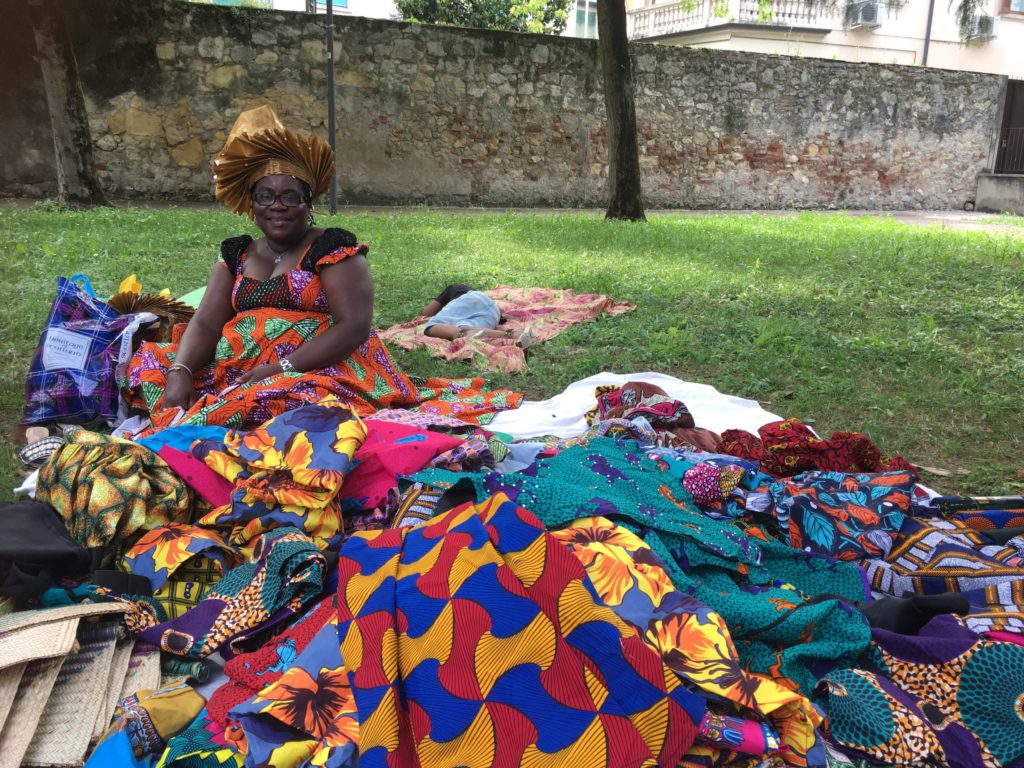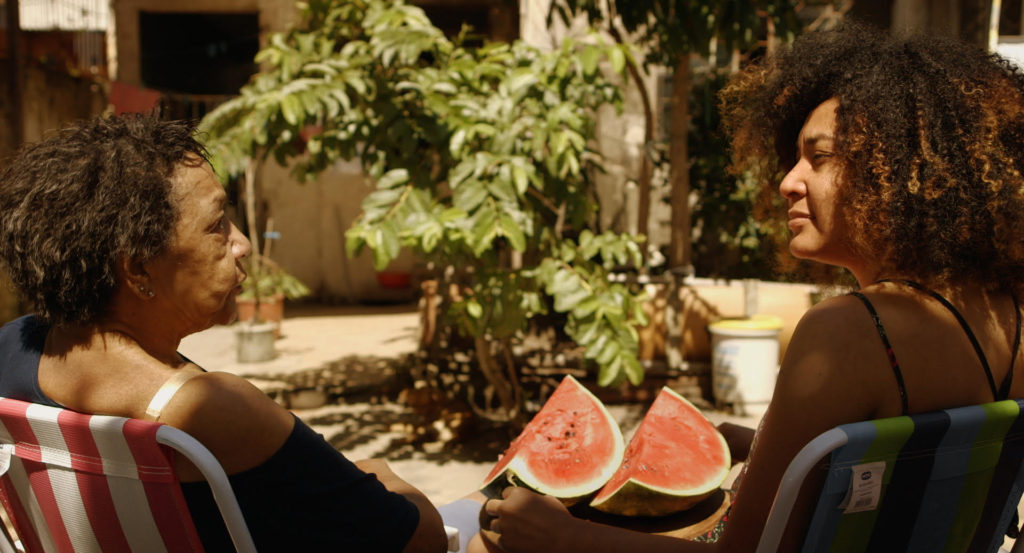How young women navigate identity, challenge taboos, and fight for autonomy between Bengali tradition and Italian society
by Lucrezia Tiberio & Marta Abbà
For many immigrant women, coming to a different country also means the freedom to live without the interference from radical forces. Women like Lintha go on these difficult journeys trying to balance culture, tradition, freedom and career in a land not theirs, yet the kind of freedom they find is different, almost liberating.
“We talk about stereotypes, about consent. I find myself addressing these issues even within my family, but I know that for other girls it’s difficult to talk about them,” says Lintha, a second-generation Bangladeshi who lives in the peripheral neighbourhood of Montagnola, in Rome.
Lintha expressed her happiness about joining a thriving neighbourhood social center, Fatima II, an Arci Nazionale’s project on gender issues.“I’m happy,” she said, “because I found a safe place, where we can talk about things that create frustration for us, about what we can’t do at home and about the contrast between Italian culture and Bengali culture.”
Bangladeshi families living in Italy rely greatly on second generations, and often decide to move to other countries to guarantee them a better future. The main motivation is employment and getting away from the poor and under-qualified work they are forced into in Italy. One of the most sought-after destinations is Germany, where a large Bangladeshi community has been created over the years.
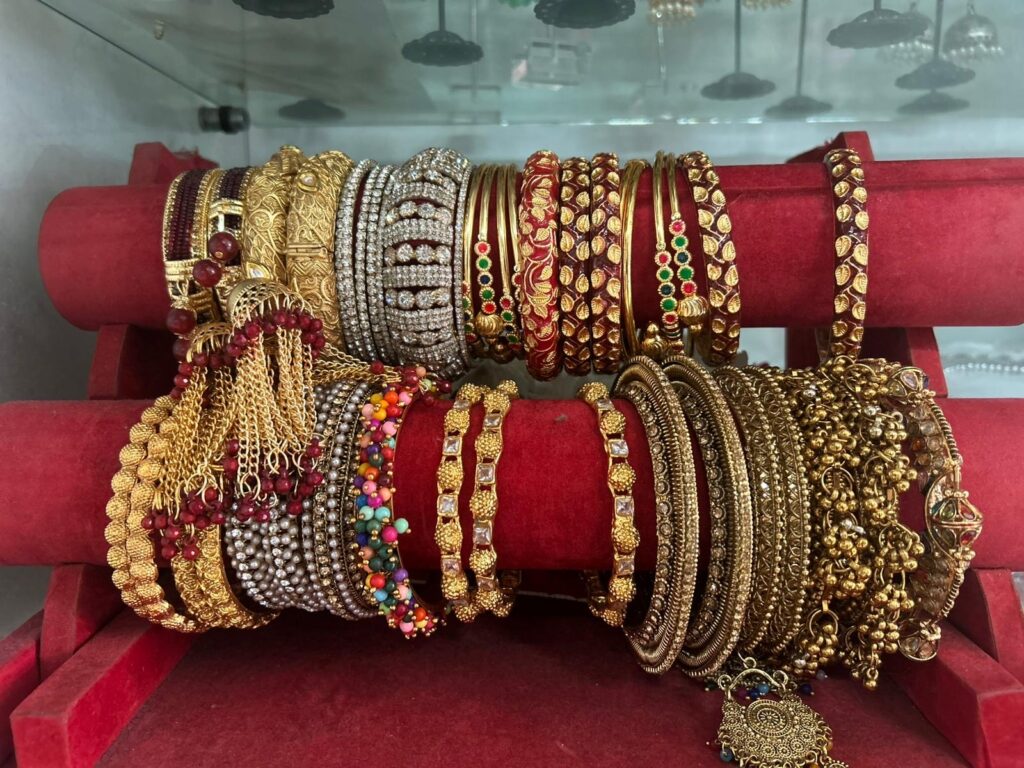
For Lintha, being a second generation Bangladeshi immigrant brought a wave of opportunities, which also made her get involved in gender-based social issues. She was included in the project Fatima II, after a cycle of training sessions, and the implementation of small social impact projects capable of raising community awareness. Some girls with a great passion for drawing were involved in creative workshops run by the neighbourhood’s social screen-printing initiative.
“Art has thus become a political tool that has given voice to their thoughts and strengthened the girls’ self-esteem and sense of belonging”, says Clara, a project worker.
Although many families encourage their daughters to continue their studies, Arci states that several adolescents suffer strong family pressure regarding early or arranged marriages.
One of the most recent episodes involves an Italian citizen of Bengali origin, who had just turned 18. After months of abuse and violence, she managed to return to Italy. Her parents had taken her to Bangladesh with the intention of forcing her to marry a much older man. Despite the phenomenon being in decline, thousands of forced unions were registered in Europe in 2020.
Art has thus become a political tool that has given voice to their thoughts and strengthened the girls’ self-esteem and sense of belonging.
Clara, Project Worker
At the beginning, Clara recounts, they were hesitant about involving young Bangladeshi women, but instead the girls demonstrated surprising courage and a desire to openly address topics considered taboo like women’s health, menstruation, the right to abortion, racism, Islamophobia, gender violence, and forced marriages.
The families’ reactions to the girls’ involvement in the Fatima II project were varied. “My mother was very happy, but the men in the family viewed it negatively. They thought it wasn’t appropriate for a girl to talk about these topics, or about feminism. They see it as an act of rebellion,” Lintha said.
Young women who speak openly about gender issues disrupt the cultural codes they belong to. “This is also why sometimes it’s the women themselves who are afraid to rethink their role within the family, society, and any relationship.”
Lintha considers herself fortunate compared to first-generation Bangladeshi women, for whom the gender gap is much more pronounced. “It saddens me when I see many women who decide not to work, and perhaps become housewives, or not to learn the language, just because men prevent them from doing so. They find themselves after 15, 20 years in Italy unable to communicate,” she said.
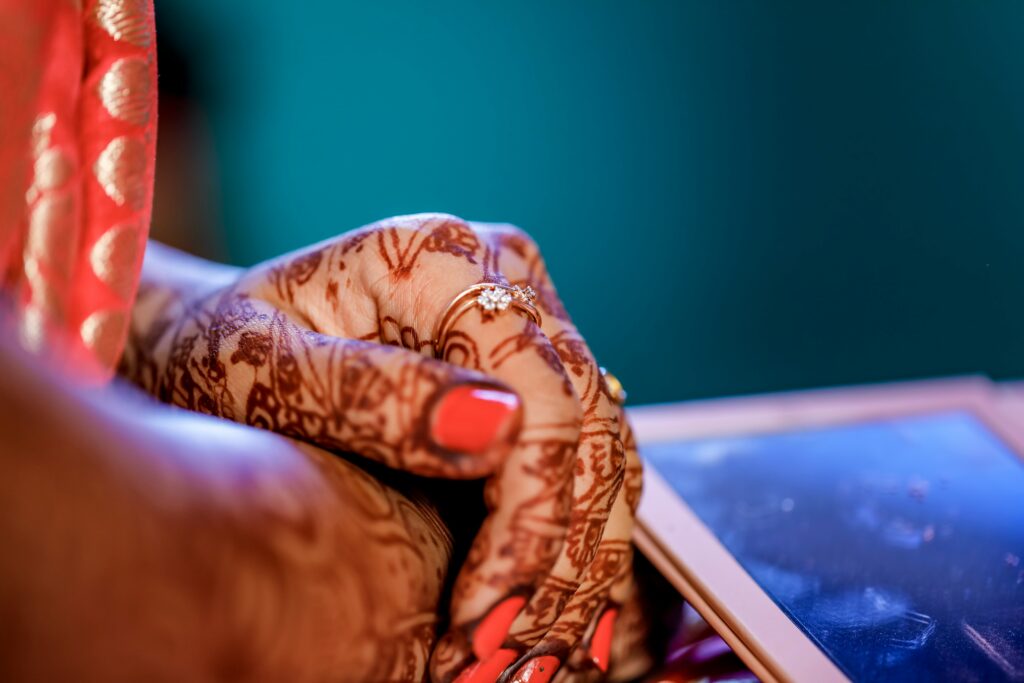
Between Migration and Identity: Redefining Belonging in Europe
For women like Samsa, Italy was a transit country, before moving with her family to Frankfurt. “We moved for them, to give them greater prospects and to stay here,” she said.
However, Samsa wants to return to Sicily in the future, where she lived for sixteen years and where her two children were born. The youngest, 12 years old, speaks four languages fluently and also helps her father with German. She is happy to have a community of compatriots in Frankfurt, she participates with them in parties and events. In the future, she said, she would like to travel.
For Halima too, a resident of Stuttgart, Germany is a suitable place to raise children. “Here they have better opportunities, I can work part-time and take care of them,” she said. What Bangladeshi mothers living in Germany describe is the abundance of recreational activities, resources for education, free time, language learning for second generations.
Despite the virtuous examples, the welfare guaranteed by German society, being foreign can mean living in conditions of marginalisation, anywhere. According to Tiziana Dal Prà, an activist and sociologist expert on gender rights in the Indian subcontinent, regardless of the destination country, many first-generation Bangladeshi community women do not experience migration autonomously; indeed, sometimes “it’s a journey where they lose even more freedom.”

Once they arrive in Europe, however, many of them start having health problems, childcare issues and problems with their husbands. This happens mostly because they are invisible to the outside world. “I’ve seen the path of emancipation that women from other communities have taken, perhaps because there has been a change in their country of origin, and it’s not comparable,” she said.
When they rebel against the rules and lead a more independent life, perhaps by studying or working, they are often forced to lie, they cannot claim their own choices. The community is particularly rigid in designing a family life project, in which the woman’s role is predetermined: first under the control of her family of origin and then that of her husband.
“But what I have been able to see in all these years of work and activism is that these second-generation girls are determined. They often disobey in order to live the way they want.”, said Tiziana.
To accompany them on this journey, however, open and plural spaces for dialogue are necessary. Giving voice to second generations is fundamental to no longer considering diversity as something to be incorporated or neutralised. Young girls also suffer daily discrimination. “Sometimes I felt judged just for the fact of belonging to a Muslim family. In middle school I felt foreign because of the colour of my skin. Some classmates thought I wasn’t clean enough, just because I was foreign. Or that my family wasn’t educated enough,” says Lintha. This is why the host community also has a role; inclusion cannot be one-way, it’s a process of reciprocity.
Researcher Katiuscia Carnà has deeply investigated the way of life of second-generation girls, who move continuously between two worlds. On one hand, there is attachment and nostalgia for the culture of origin, which is also expressed in body care, hair care, jewelry, and in gestures passed down by mothers. On the other hand, the fast life here, the frenetic pace, the imposition of another culture that demands adaptation. Young Bangladeshi women live this balance every day, transforming it into identity. And little by little, they manage to hold both cultures together, without losing either one.
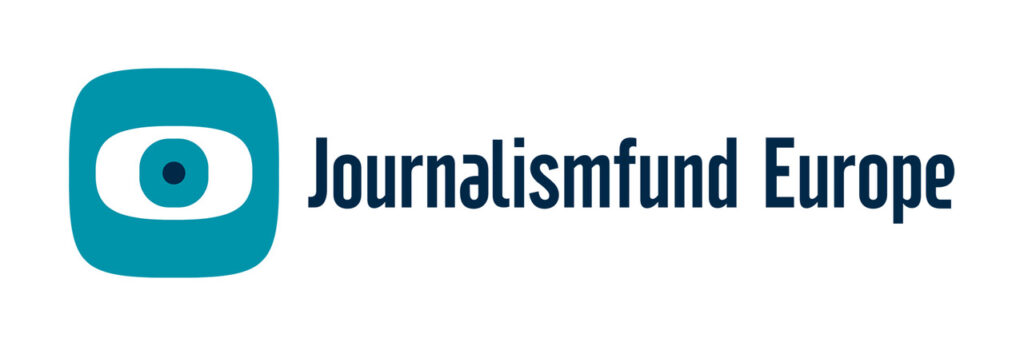
Article produced in collaboration with Abdul Hai and Fatama Rahman, with the support of Journalismfund Europe.
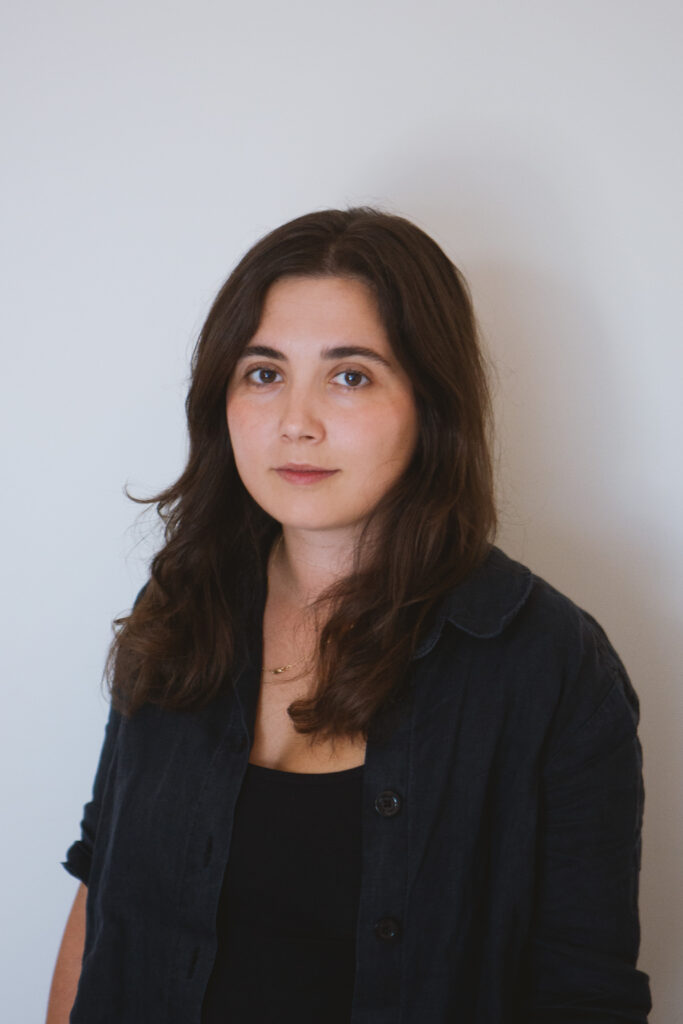
Lucrezia Tiberio is an Italian freelance journalist based in Rome. She covers migration, feminism and social justice. Her work has been published by L’Espresso, Altreconomia and Unbias the News.
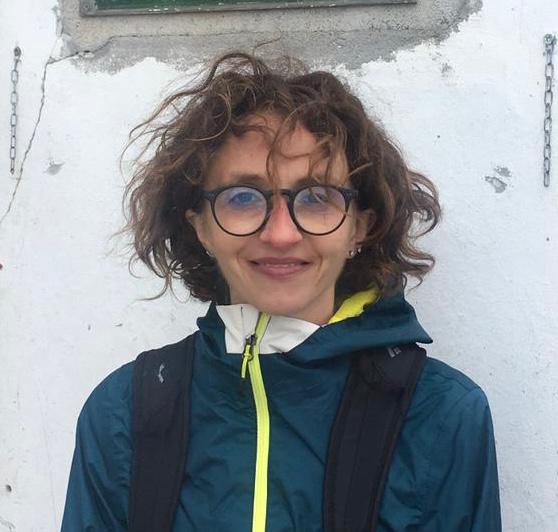
Marta Abbà is an Italian freelance investigative journalist and environmental physicist with a focus on climate and digital justice, gender and migrant rights.

